02 Mar Golf Course Supers Tricks of the Trade
Posted at 11:09h
in golf course maintenance
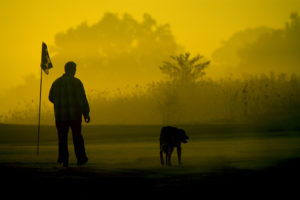 As we all well know, there is a lot of work that goes into maintaining a golf course. We tend to focus on the big challenges supers often face—turf management, proper irrigation, soil testing, and pest control to name a few. And then there are the regular tasks—like fixing divots, moving holes, bunker care, golf cart service—that are easier, yet necessary tasks. But what about some of the smaller jobs? There are a few behind the scenes maintenance jobs that are important to have on your to-do list because they can make all the difference between a good course and a great course.
As we all well know, there is a lot of work that goes into maintaining a golf course. We tend to focus on the big challenges supers often face—turf management, proper irrigation, soil testing, and pest control to name a few. And then there are the regular tasks—like fixing divots, moving holes, bunker care, golf cart service—that are easier, yet necessary tasks. But what about some of the smaller jobs? There are a few behind the scenes maintenance jobs that are important to have on your to-do list because they can make all the difference between a good course and a great course.


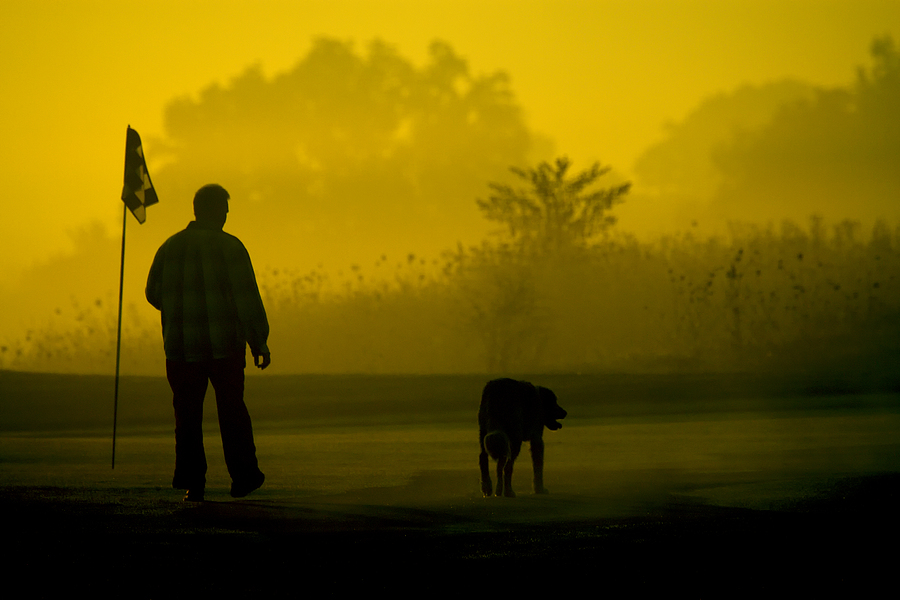
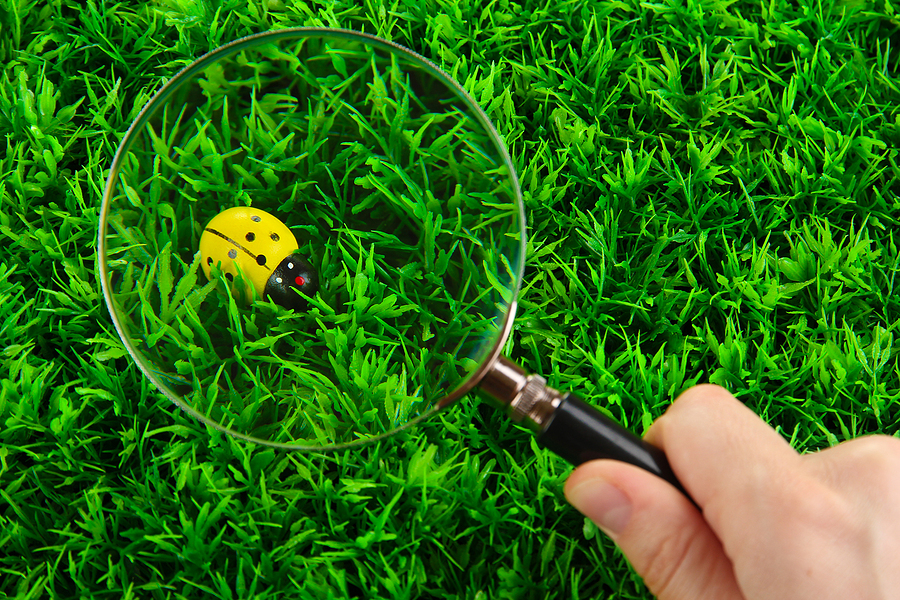
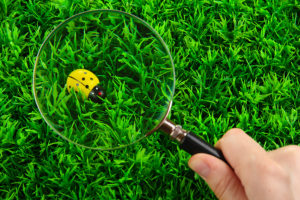 Golf course supers wear many hats--groundskeeper, teacher, financial advisor, staff manager, horticulturist, chemist, dead animal remover even. It's a job that takes a wide skill set. One hat you may not realize you wear is detective. When it comes to turf and pest management success, it’s crucial for a super to be able to solve the crime of “What’s ruining my turf?” It requires regular grounds and pest monitoring, along with some sleuthing skills. So channel your inner Perry Mason and let's figure out what creepy crawly is messing with your greens.
Golf course supers wear many hats--groundskeeper, teacher, financial advisor, staff manager, horticulturist, chemist, dead animal remover even. It's a job that takes a wide skill set. One hat you may not realize you wear is detective. When it comes to turf and pest management success, it’s crucial for a super to be able to solve the crime of “What’s ruining my turf?” It requires regular grounds and pest monitoring, along with some sleuthing skills. So channel your inner Perry Mason and let's figure out what creepy crawly is messing with your greens. 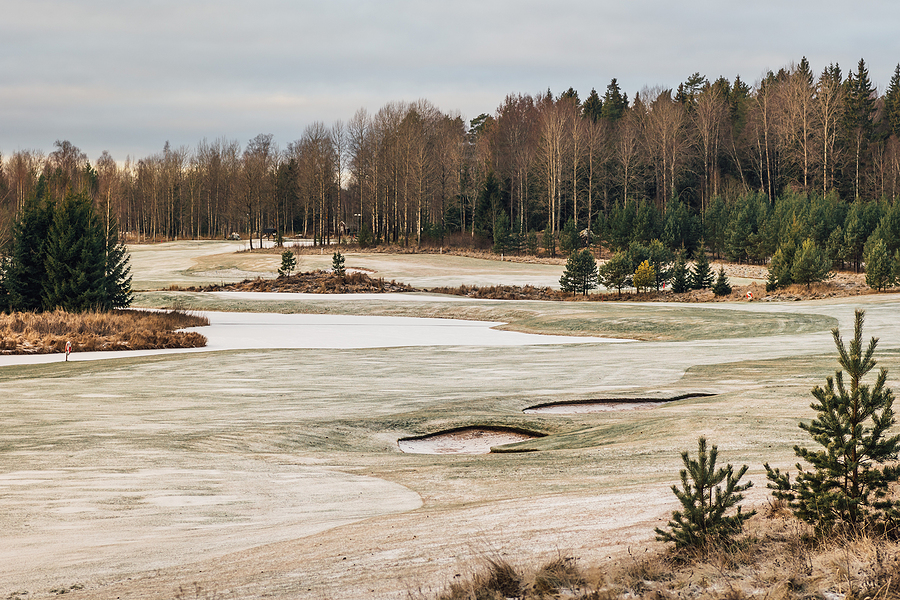
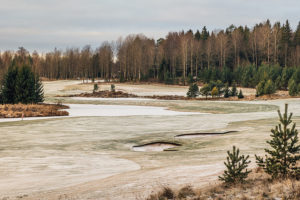 Winter is just around the corner, so as course traffic begins to slow for many clubs in the North, that doesn’t mean the course maintenance does. If you think about it, during the prime golfing season, a super’s focus is on general course maintenance and making sure daily play is the best it can be. But during the months when it’s too cold for golfing, this is the time to catch up, get organized and start planning for the next year. Here are some suggestions to help you be prepared come spring. Can you check all of these off your list?
Winter is just around the corner, so as course traffic begins to slow for many clubs in the North, that doesn’t mean the course maintenance does. If you think about it, during the prime golfing season, a super’s focus is on general course maintenance and making sure daily play is the best it can be. But during the months when it’s too cold for golfing, this is the time to catch up, get organized and start planning for the next year. Here are some suggestions to help you be prepared come spring. Can you check all of these off your list? 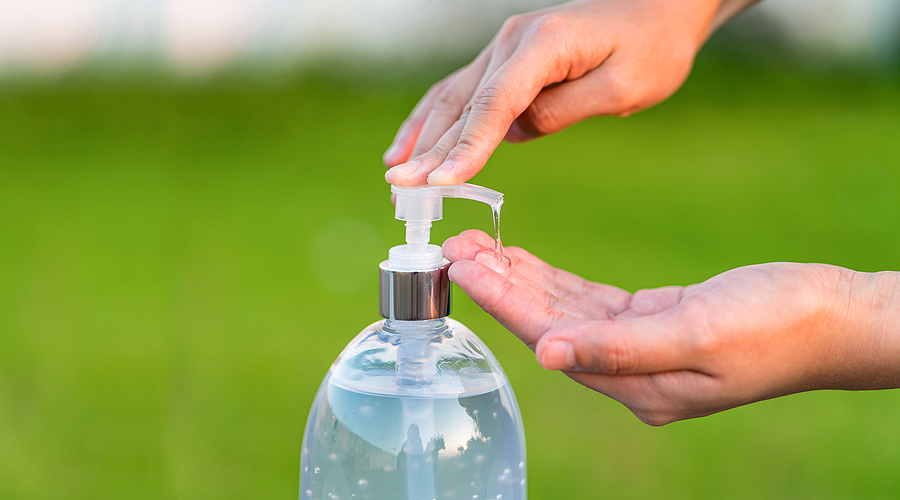
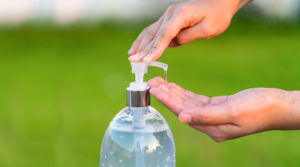 Throughout the ongoing fight against COVID-19, I think it’s safe to say we have all now learned the importance of washing your hands and using hand sanitizer. It truly is the best way to avoid spreading germs. Even on the course! However, though hand sanitizer helps your golfers play safely and comfortably, what is less commonly known is that hand sanitizer is harmful to your golf course turfgrass.
Throughout the ongoing fight against COVID-19, I think it’s safe to say we have all now learned the importance of washing your hands and using hand sanitizer. It truly is the best way to avoid spreading germs. Even on the course! However, though hand sanitizer helps your golfers play safely and comfortably, what is less commonly known is that hand sanitizer is harmful to your golf course turfgrass. 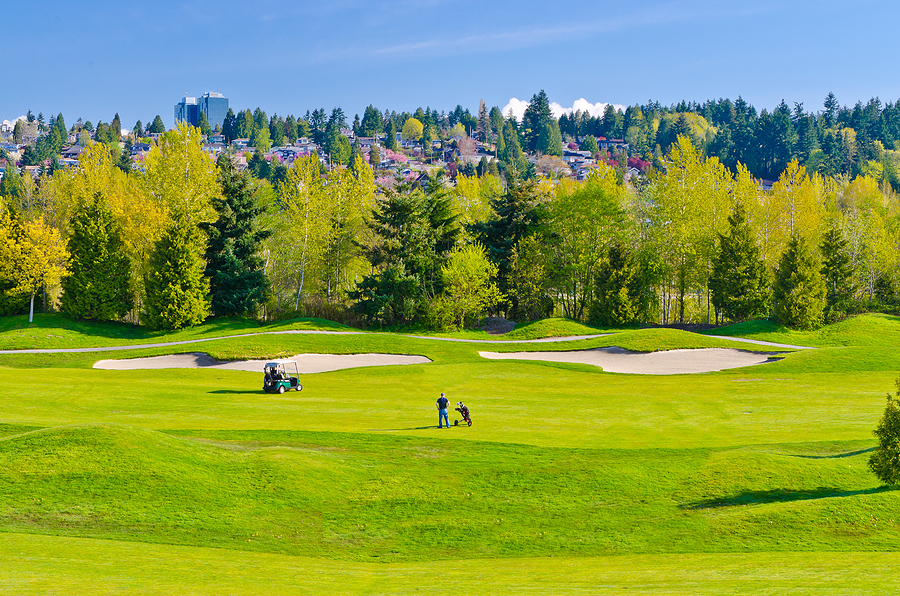
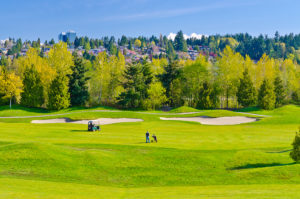 Though most golfers focus on getting to the green, most of their time is spent in the fairways. After all, fairways account for, on average,
Though most golfers focus on getting to the green, most of their time is spent in the fairways. After all, fairways account for, on average, 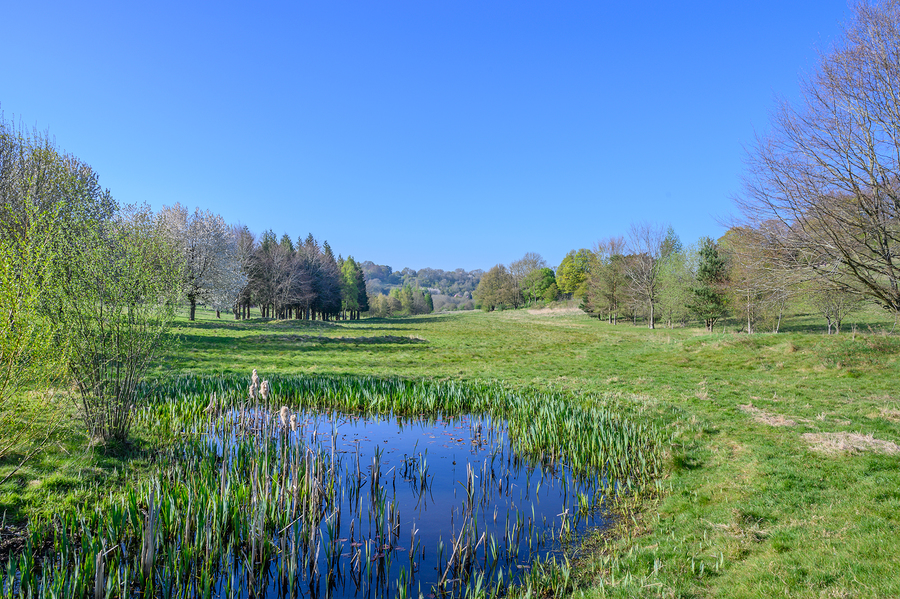
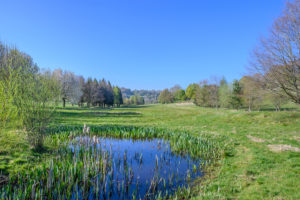 It's been a hell of a year, and it's only June. It's likely to be rough for awhile. Courses across the US were shut down as early as March, and only in the last month have slow streams of players been allowed back on, and with stringent restrictions. No golfers means no revenue and boards are tightening the purse strings for supers. The problem is, if you want a viable course when players are back in full swing, you can't just stop maintaining it for a couple months. But, we've been here before. We learned some valuable lessons in 2009 and these are five important takeaways on what you can, and what you can't, sacrifice in a time like this.
It's been a hell of a year, and it's only June. It's likely to be rough for awhile. Courses across the US were shut down as early as March, and only in the last month have slow streams of players been allowed back on, and with stringent restrictions. No golfers means no revenue and boards are tightening the purse strings for supers. The problem is, if you want a viable course when players are back in full swing, you can't just stop maintaining it for a couple months. But, we've been here before. We learned some valuable lessons in 2009 and these are five important takeaways on what you can, and what you can't, sacrifice in a time like this.
 There are plenty of frustrating moments on the golf course. For players, when a drive lands in a water hazard, a green is misread, or a heavy rainstorm hits in the middle of a great round can all send them over the edge. For golf course supers, when equipment breaks down right before a major tournament, a greens committee micromanages your work, or turf that just won’t cooperate are examples of the frustration we face every day. Like everything in life, some things are out of a manager’s control and it comes with the job. But other problems, like spring dead spot popping up, are manageable.
There are plenty of frustrating moments on the golf course. For players, when a drive lands in a water hazard, a green is misread, or a heavy rainstorm hits in the middle of a great round can all send them over the edge. For golf course supers, when equipment breaks down right before a major tournament, a greens committee micromanages your work, or turf that just won’t cooperate are examples of the frustration we face every day. Like everything in life, some things are out of a manager’s control and it comes with the job. But other problems, like spring dead spot popping up, are manageable. 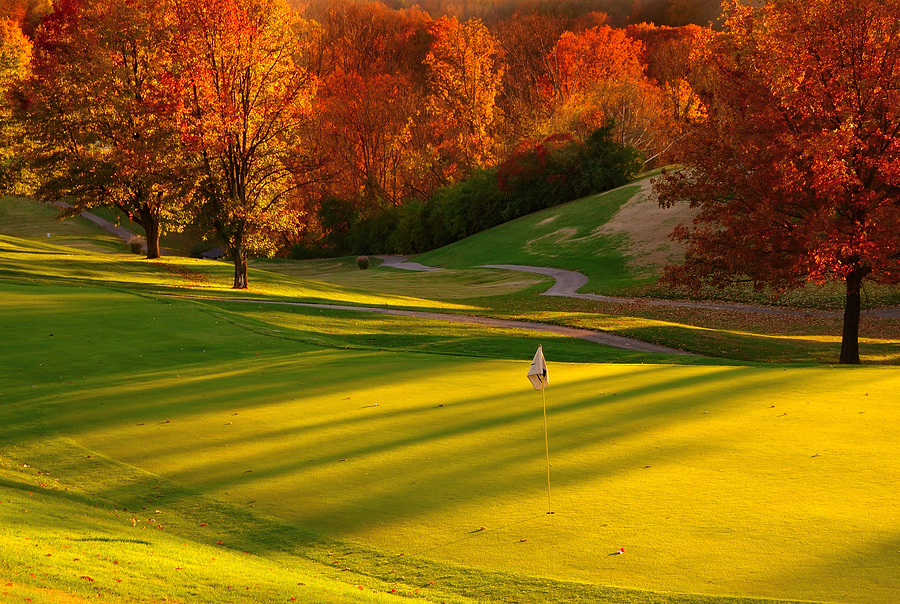
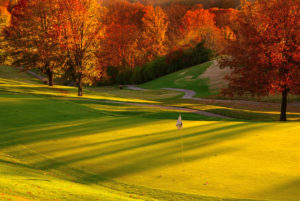 Golf Course Superintendents aim to create an amazing experience on the course, with lush greens, pristine sand traps, and healthy soil for better landscaping. But a common hurdle many supers face is working within their budget. Many managers have to look at what’s necessary and what’s not, which means cutting costs, like rescheduling aeration, skipping topdressing and scaling back landscaping. It’s hard to do more with less!
Golf Course Superintendents aim to create an amazing experience on the course, with lush greens, pristine sand traps, and healthy soil for better landscaping. But a common hurdle many supers face is working within their budget. Many managers have to look at what’s necessary and what’s not, which means cutting costs, like rescheduling aeration, skipping topdressing and scaling back landscaping. It’s hard to do more with less!

 As a superintendent it can be frustrating to have ideas about how things should be done to make things better and not have that vision shared by the people who make the budget decisions. You’re the boots on the ground and can see what’s happening every day, but these things aren’t always as obvious to the people who are making the financial decisions. Here are some guidelines to help in presenting your proposed budget requests and getting them approved.
As a superintendent it can be frustrating to have ideas about how things should be done to make things better and not have that vision shared by the people who make the budget decisions. You’re the boots on the ground and can see what’s happening every day, but these things aren’t always as obvious to the people who are making the financial decisions. Here are some guidelines to help in presenting your proposed budget requests and getting them approved. 
 Successful golf course grounds all start with healthy soil. Course managers need to care for it, maintain it, and most definitely, test it. If the nutrients are off in the soil, it can have a waterfall effect, messing with everything on the course. By having it tested, you can cut problems off before they begin by looking at it in depth and making sure it’s balanced. Therefore, it’s important to dig down and understand soil testing.
Successful golf course grounds all start with healthy soil. Course managers need to care for it, maintain it, and most definitely, test it. If the nutrients are off in the soil, it can have a waterfall effect, messing with everything on the course. By having it tested, you can cut problems off before they begin by looking at it in depth and making sure it’s balanced. Therefore, it’s important to dig down and understand soil testing.